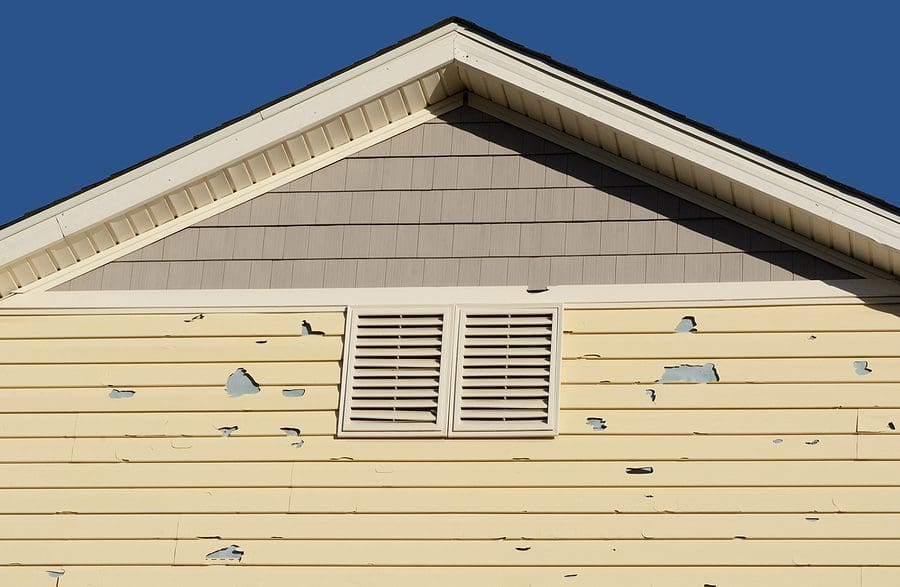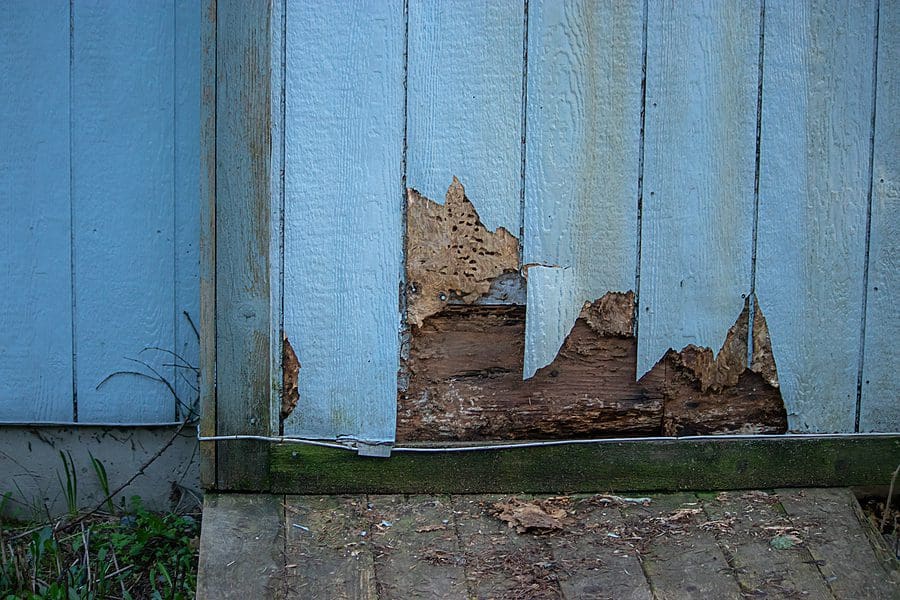With winter weather throwing us for a loop and spring just around the corner, now may be the time to consider a siding inspection to look for potential issues. Siding is one of the most visible parts of your home as a first impression. Well-maintained siding helps protect the underlying structure of your house as well as improves your home’s curb appeal. Siding replacement and repair may seem like an overwhelming task, but like most home care needs, early detection and assessment is the key to keeping your costs low and your home protected.
Read ahead and learn what to look for if your siding needs help.
Constant Maintenance
Home repairs can cause a lot of anxiety. If you find yourself having consistent issues with your siding it may be worth it to consider replacement or upgrading rather than shelling out more cash in the long run just trying to keep things together. Siding repair is possible when the damaged area is relatively small, thus allowing you to avoid a large-scale replacement. Each type of siding has a different lifespan as well as a different cost, so be sure to factor in your budget and talk to a professional that can address your concerns.
Damaged, Loose, or Missing

As with most home repairs, moisture is the enemy. Cracked, warped, bent, loose, or missing siding allows for rain and snow to seep into the underlying structure of your house. Once this happens, the potential for excessive damage grows, as does the cost of repairs. The best thing you can do is to check your siding on a regular basis, especially after heavy weather events, and address any concerns as quickly as possible.
Pest Problems
One of the most important functions of siding is to keep pests out. However, if your siding is damaged and the underlying structure exposed, it gives troublemakers like Termites, carpenter bees, woodpeckers, access to the wood underneath. All of these and more can cause extensive damage to your home. While repairs and replacement may be needed, you can help avoid these problems by taking a few preventative steps. Be sure to clean your gutters on a regular basis and keep debris like soil, firewood, and compost away from your siding
Rot

Rot can occur anytime that moisture comes in contact with the wood for an extended period of time. Leaky siding can cause this, as well as plumbing issues or a damaged roof. But one way or another, once rot happens it needs to be addressed quickly. Not only do you need to investigate the cause of your rot, but you need to have the affected parts replaced before the damage continues to spread, causing mold and mildew damage along with structural concerns.
Blistered Finish
If you see bubbles or blistering on the finish of your siding, it most likely means one of two things. Either moisture was trapped underneath and evaporated, or your siding was exposed to concentrated heat, like a grill being left too close to the siding. Heat damage is more unusual, as most siding is treated to resist extreme temperatures. But it can still happen. The long-term solution is to replace your siding with one that has a more resilient finish.